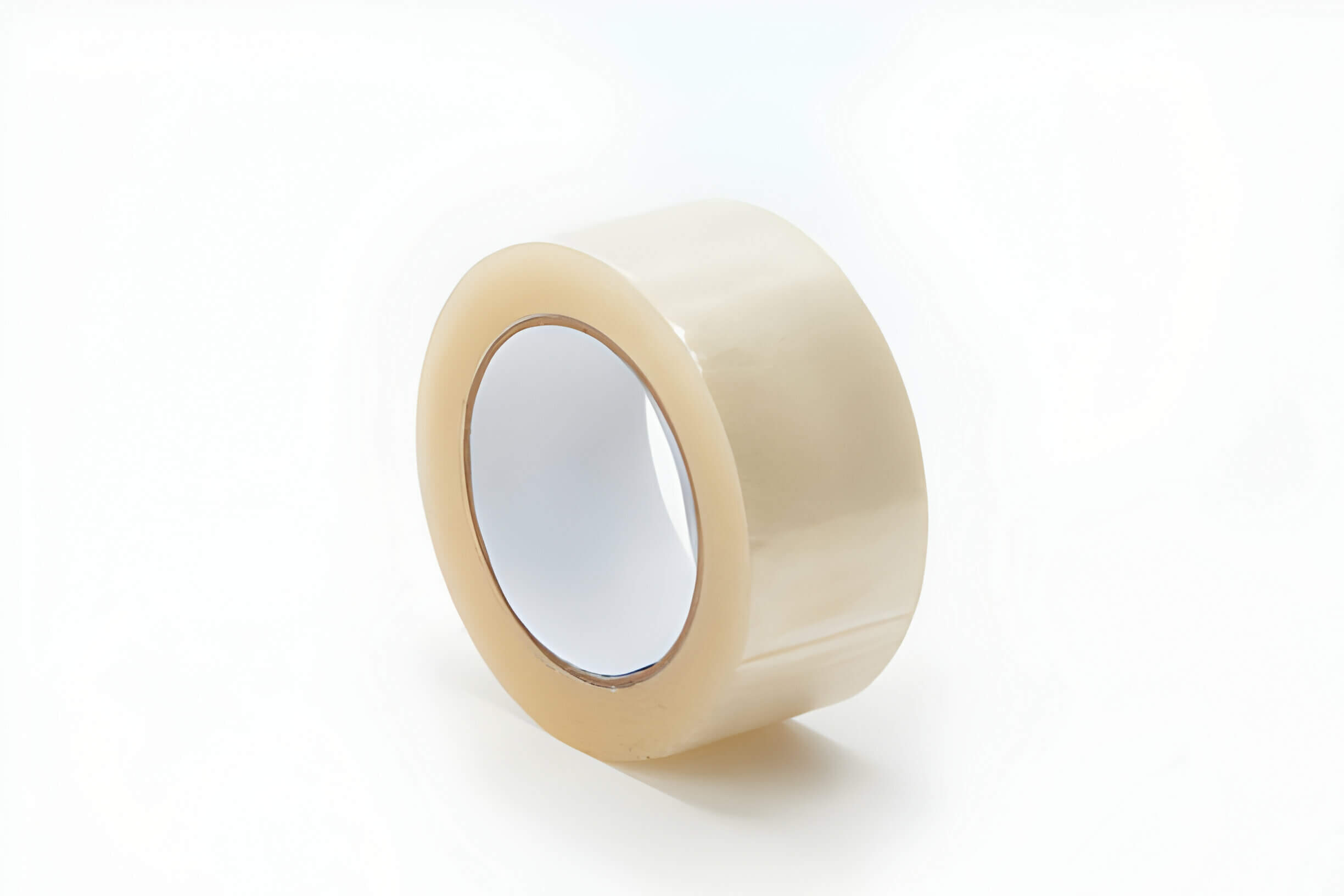How to Properly Apply Foil Tape: Tips and Tricks from the Experts
Welcome to the Flexibond blog! As a premier foil tape manufacturer in India, we understand the intricacies and importance of applying foil tape correctly. Whether you are a professional in the construction industry or a DIY enthusiast, proper application of foil tape can make a significant difference in the performance and longevity of your projects. In this post, we’ll share expert tips and tricks to help you get the best results from your foil tape applications.

Understanding Foil Tape
What is Foil Tape?
Foil tape is a versatile adhesive product made from a metal-backed film, typically aluminum, copper, or lead, combined with a pressure-sensitive adhesive. It is designed to provide an effective seal and is widely used in various industries for its durability and resistance to extreme temperatures, moisture, and chemicals.
Different Types of Foil Tape and Their Uses
Aluminum Foil Tape: Known for its excellent conductivity and reflective properties, aluminum foil tape is commonly used in HVAC systems, insulation, and sealing ductwork.
Copper Foil Tape: This type offers superior electrical conductivity and is often used in electrical repairs, grounding applications, and EMI/RFI shielding.
Other Foil Tapes: There are other specialized foil tapes like lead foil tape, which is used in radiation shielding and X-ray applications, and stainless steel foil tape, used for its high strength and corrosion resistance.
Benefits of Using Foil Tape
Foil tape provides a range of benefits, including high durability, resistance to temperature extremes, excellent moisture barrier properties, and the ability to reflect heat and light. These attributes make it ideal for a variety of applications, from industrial uses to everyday home repairs.
Preparing for Application
Surface Preparation
Before applying foil tape, it’s crucial to prepare the surface. Here’s how:
Clean the Surface: Ensure that the surface is clean, dry, and free of dust, grease, and debris. Use a mild detergent or an appropriate solvent to clean the area.
Smooth the Surface: For the best adhesion, the surface should be as smooth as possible. Sand down any rough spots or edges if necessary.
Selecting the Right Tape
Choosing the right foil tape for your specific application is essential. Consider the following factors:
Environment: Assess the conditions where the tape will be applied, such as temperature, humidity, and exposure to chemicals.
Material Compatibility: Ensure the tape is compatible with the materials it will be applied to, whether it’s metal, plastic, or another surface.
Adhesive Strength: Depending on the application, you may need a tape with a stronger adhesive for a more secure bond.
Application Tips and Tricks
Cutting the Tape
Measure and Cut: Measure the length of tape you need and cut it using a sharp pair of scissors or a utility knife. Ensure the edges are clean and straight to avoid overlapping and wrinkling during application.
Peel Backing Carefully: Gently peel away the backing from the tape, being careful not to touch the adhesive surface with your fingers, which can reduce its stickiness.
Applying the Tape
Start from One End: Begin applying the tape from one end of the surface, pressing it down firmly as you go. Use a squeegee or a flat tool to smooth out the tape and remove any air bubbles.
Overlap Edges: If multiple strips of tape are needed, make sure to overlap the edges by at least 1/4 inch to ensure a secure seal.
Press Firmly: Apply even pressure across the entire length of the tape to ensure a strong bond. For added security, you can use a roller to press the tape down firmly.
Sealing and Finishing
Check for Gaps: Inspect the application to ensure there are no gaps or areas where the tape has lifted. Smooth out any wrinkles or bubbles that may have formed.
Edge Sealing: For a more secure finish, you can use an edge sealer or an additional layer of tape to reinforce the edges and prevent peeling.
Common Mistakes to Avoid
- Poor Surface Preparation: Skipping the cleaning step can lead to poor adhesion and tape failure.
- Inadequate Pressure: Not applying enough pressure during application can result in a weak bond.
- Incorrect Tape Selection: Using the wrong type of foil tape for your specific application can lead to suboptimal performance.
Maintenance and Inspection
Regular maintenance and inspection of your foil tape application can extend its lifespan and effectiveness. Periodically check for signs of wear and tear, such as peeling edges or degradation, and reapply or replace the tape as necessary.
Conclusion
Proper application of foil tape is essential for achieving optimal results in various projects. By following these expert tips and tricks, you can ensure a strong, durable bond and enhance the performance of your applications. As a leading foil tape manufacturer in India, Flexibond is committed to providing high-quality products and expert advice to help you succeed.
For more information on our products and services, visit our website.

No comment yet, add your voice below!